Ticks – everything you need to know when camping, hiking, biking and trail running
How to avoid ticks, how to remove ticks, and how to prevent fear of ticks stopping you from enjoying the outdoors
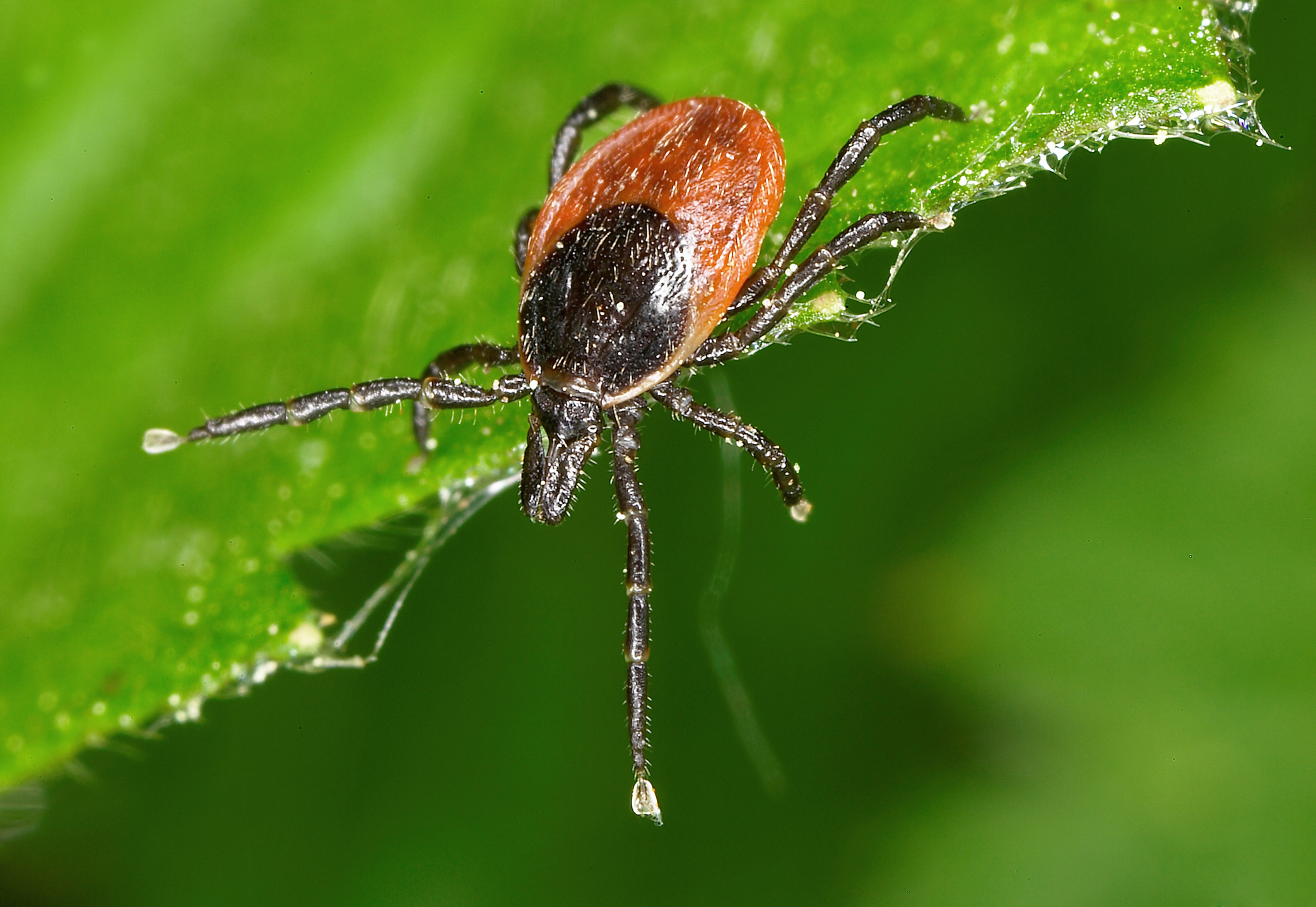

Ticks are crawling all over the news at the moment, with the discovery that a rare virus carried by the creatures has now definitely arrived in the UK. Tick-borne encephalitis (TBEV) has been widespread in Europe for decades, and there have been several suspected incidents in Britain before, but the first confirmed case of a TBEV infection was discovered after a 50-year-old man, who had been bitten by ticks while mountain biking in Yorkshire, became ill.
As multiple news outlets reported this week, TBEV has also been detected in Hampshire, Dorset and Norfolk, and a ‘probable’ infection has occurred in the Loch Earn area of Scotland.
In some cases, TBEV can cause swelling in the brain and occasionally the virus can be very serious – life-threatening even. The species of tick that carries the virus is widespread across England, Wales and Scotland, so this news has created headlines and some degree of panic, just as we’re gearing up to start going outside again.
Aside from TBEV, tick bites can also lead to other serious medical conditions including Lyme disease. But how big a risk do ticks really present, and if you’re going out and about in the countryside this Easter weekend, should you be worried?

What are ticks?
Ticks are tiny parasitic creatures that feed on the blood of birds and mammals, such as rodents, deer and dogs. Ooh, And wild trampers, campers, rock climbers, trail runners, picnickers, paddlers, hikers, bikers and birdwatchers. They are extremely widespread in grassy and wooded areas. In the UK, there are 20 varieties of tick, all of which can potentially spread viruses.
Young ticks, known as nymphs, are pinhead-tiny and very hard to spot (but, annoyingly, they can still bite and spread illnesses), while adult ticks are around the size of an apple seed. Although you might encounter the creatures at any time of year, ticks are most active during spring, summer and early autumn.
Because they have eight legs, instead of six, they are arachnids, not insects. So, basically, what we’re dealing with here is an immense army of vampire spiders. Feeling better about this now? Oh…
Get all the latest news, reviews, deals and buying guides on gorgeous tech, home and active products from the T3 experts
Well, that’s the bad news. The good news is that serious infections from tick bites are pretty rare, and there are lots of things you can do to help reduce the risk of being bitten in the first place, and to deal with the situation if it does occur.
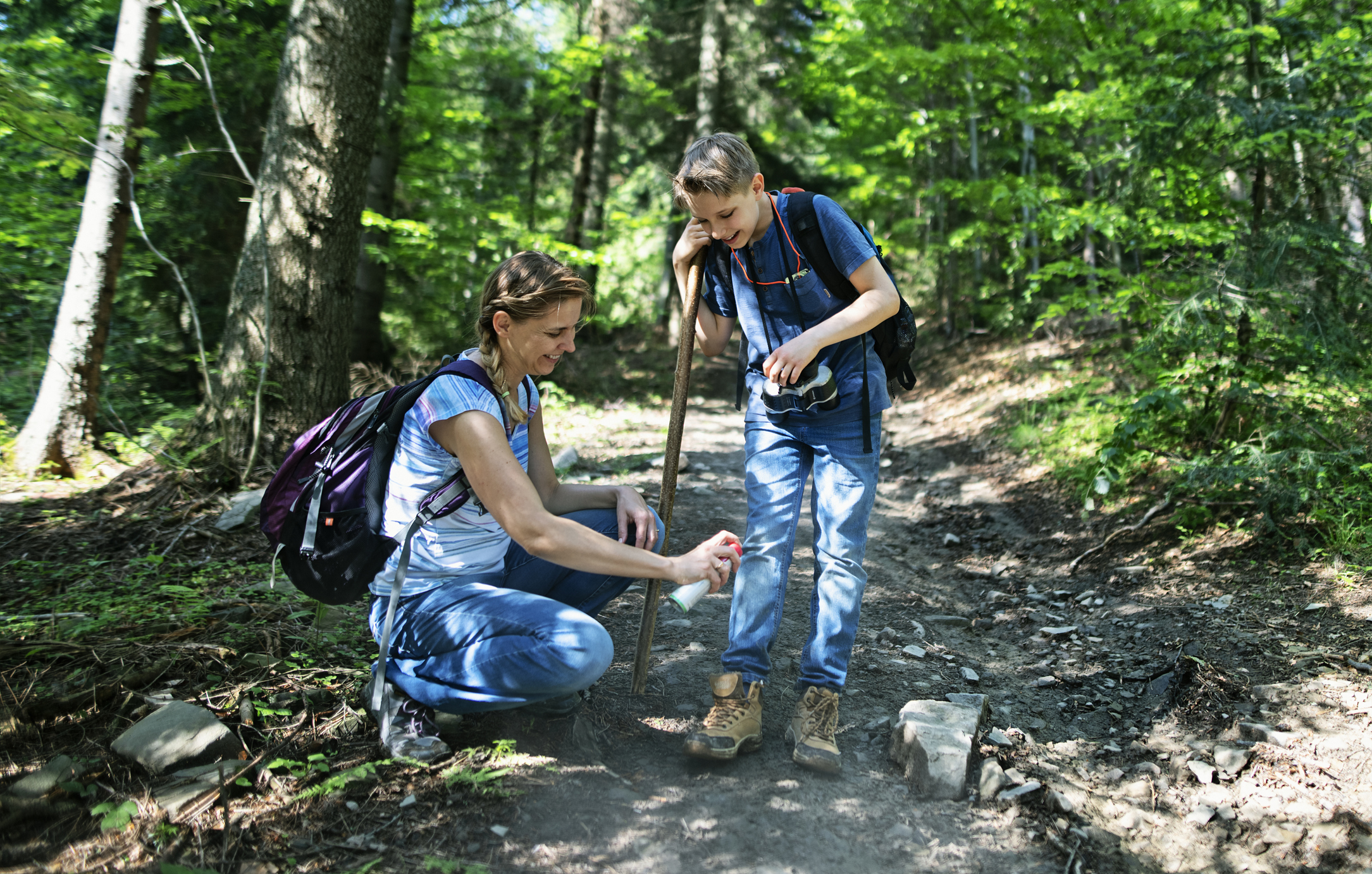
How can I avoid getting bitten by ticks?
Aside from giving the countryside a wide berth – which we definitely don’t recommend – the best defense against ticks is to wear long-sleeved tops, full-length trousers, walking boots and substantial socks. These layers will make it harder for ticks to land and latch on to your skin.
Ticks may still climb on you, though, so it’s also a good idea to wear light colours, which will make it easier for you (and your outdoor buddies) to spot them before they get inside your layers and sink their teeth in to your soft bits.
- Check out the best walking trousers for hiking in tick-prone environments
- Browse the best tops and base layers to keep your arms covered
- Wearing walking boots and hiking socks can protect your ankles from ticks lurking in long grass
The single most important thing, though, is to check yourself and your nearest and dearest over for ticks at the end of the day – using a head torch or hand-held torch if you’re camping. Be sure to look in the kind of warm areas that such animals like to target, such as armpits and the backs of your knees. Check your children and your dogs over, too. And give your clothes a machine wash after outdoor adventures.
Of course, during the height of summer, you might not want to wear long layers while being active in the outdoors. Some garments are impregnated with chemicals that deter ticks and other insects, and you can spray yourself and your clothes with insect repellant that includes an active ingredient like DEET. (Be careful when using such chemicals, which are very strong, and always read the label carefully.)
When camping, especially in longer grass, you need to make sure that the mesh inner doors of your tent – be it a larger family model, or a smaller backpacking shelter – are zipped shut at all times.
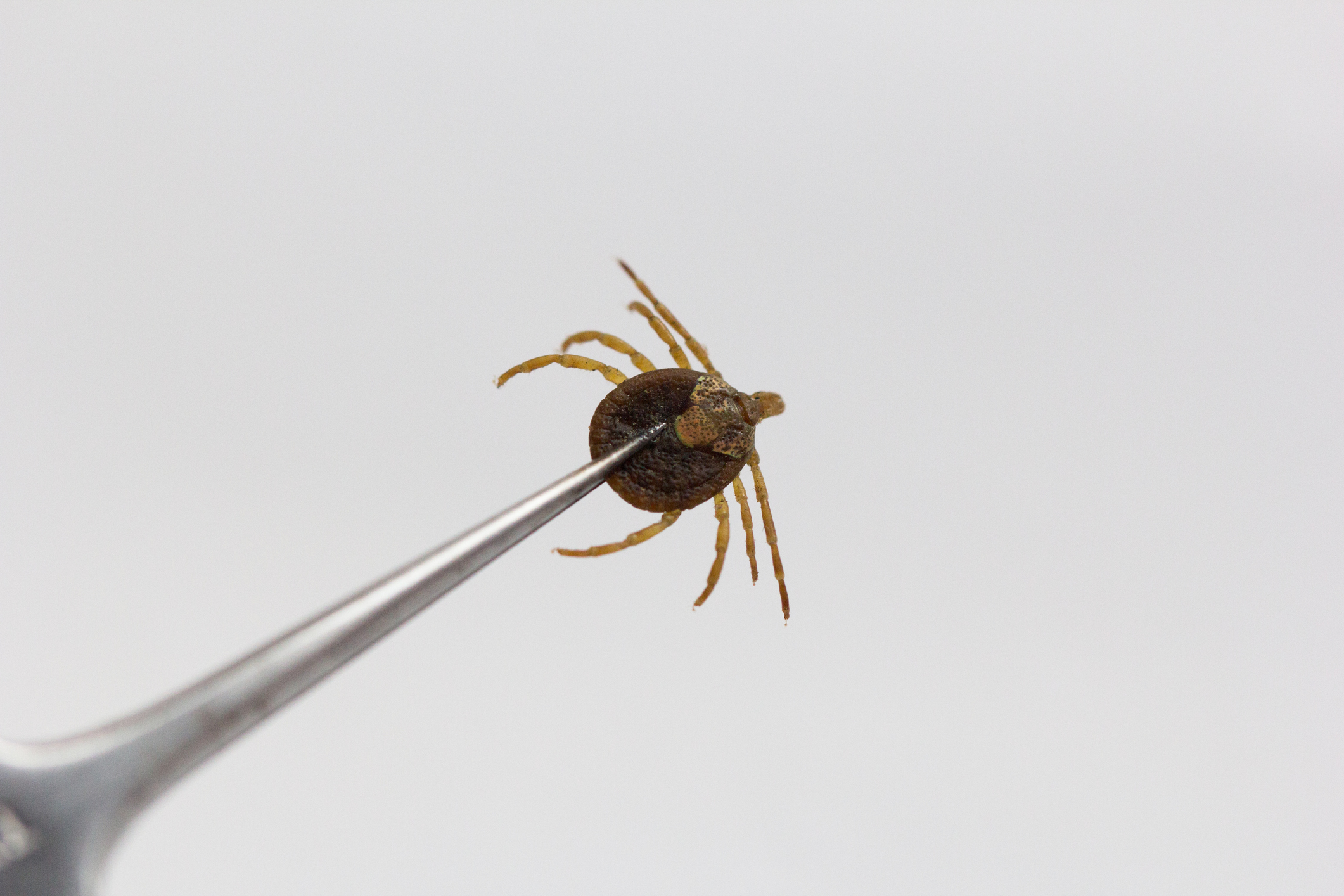
I’ve found a tick on me! What should I do?
Don’t panic. Finding a tick is good – much better than missing it. But once you have found one, you need to know how to remove a tick correctly. Do not freak out and try and flick or brush it off – this can result in parts of the animal remaining in your skin, which can cause infections.
You need to extract the tick whole, and the best way to do that is by calmly using a pair of tweezers or a specially designed tick-removal tool (these implements are cheap, very widely available online and in chemists and outdoor shops, and you should always carry one as part of your wilderness first-aid kit).
The best technique is to get a firm hold of the tick as close as you can to the skin, before slowly and carefully pulling the creature upwards (without crushing it), until it comes away. Ticks are tough little so-and-sos, and can easily survive this process, so unless you want it to have another go at you, it’s best to crush it. Then immediately clean the bite area with antiseptic, if possible, or soap and water.
Job done. Almost - don’t assume you only have one tick on you, continue to check the rest of your body over and let those with you know that they must do the same.
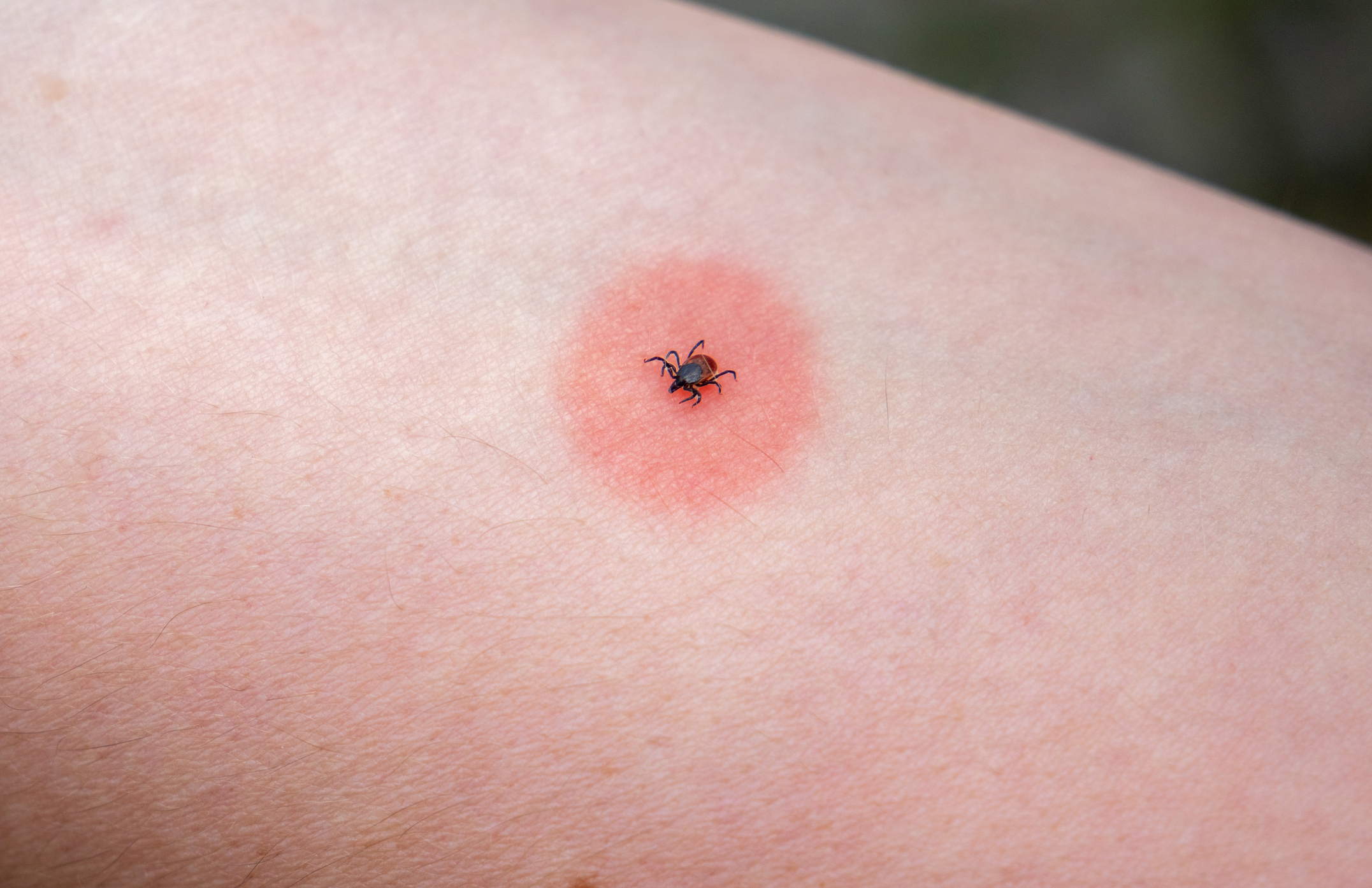
But I’ve already been bitten, what now?
Again, stay calm. Just because you have been bitten, it doesn’t mean you’re going to come down with something nasty. The odds are very much against this happening, because most tick bites get a bit itchy and annoying for a while, and that’s the end of it.
If the tick that has lunched on you is carrying bacteria which causes illnesses such as Lyme disease and TBEV, then there is more of a danger that you will become ill, but there’s no ay of knowing this, so you need to be alert to the indicators that you might have been infected.
In the days and weeks after a bite, or suspected bite, look out for a rash around the bite area, especially a red circular rash shaped like a target or an RAF symbol. If you have contracted an infection, you may also experience flu-like symptoms (high temperature, fever, headaches, fatigue, and muscle and joint pain). But many people don’t get any symptoms at all.
If you notice any of these indicators, seek medical assistance as quickly as possible, because the earlier you treat viruses like Lyme disease and TBEV, the easier it is to get cured.
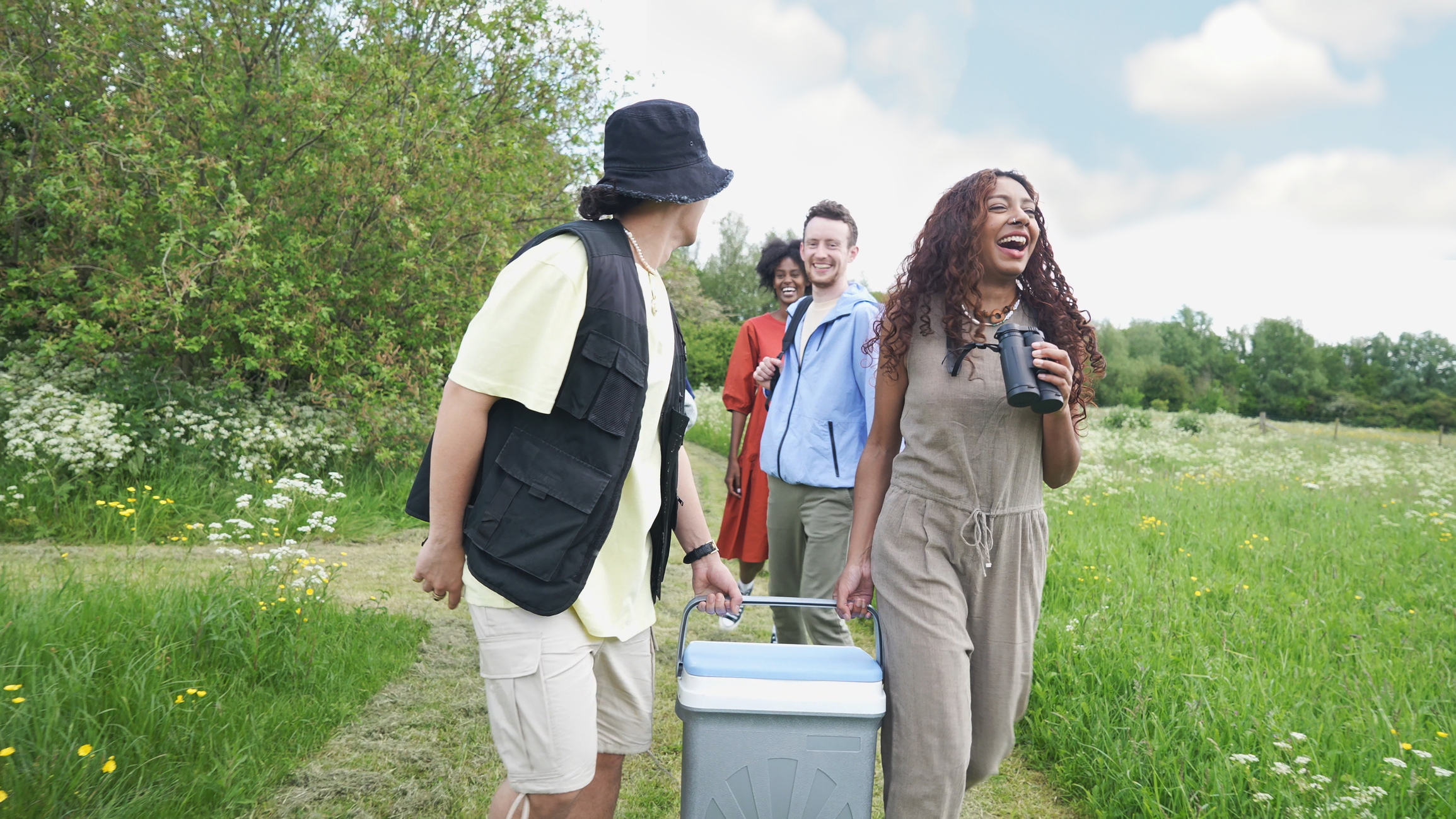
Keep exploring
Most importantly, don’t let fears of encountering ticks affect your enjoyment of the outdoors. Wildlife encounters are a fact of life – there are plenty of creatures in your house too. Take precautions, and do be vigilant with your post-adventure body checks, but remember that the vast majority of tick bites only result in some mild irritation.

Author of Caving, Canyoning, Coasteering…, a recently released book about all kinds of outdoor adventures around Britain, Pat Kinsella has been writing about outdoor pursuits and adventure sports for two decades. In pursuit of stories he’s canoed Canada’s Yukon River, climbed Mont Blanc and Kilimanjaro, skied and mountain biked across the Norwegian Alps, run ultras across the roof of Mauritius and through the hills of the Himalayas, and set short-lived speed records for trail-running Australia’s highest peaks and New Zealand’s nine Great Walks. A former editor of several Australian magazines he’s a longtime contributor to publications including Sidetracked, Outdoor, National Geographic Traveller, Trail Running, The Great Outdoors, Outdoor Fitness and Adventure Travel, and a regular writer for Lonely Planet (for whom he compiled, edited and co-wrote the Atlas of Adventure, a guide to outdoor pursuits around the globe). He’s authored guides to exploring the coastline and countryside of Devon and Dorset, and recently wrote a book about pub walks. Follow Pat's adventures on Strava and instagram.